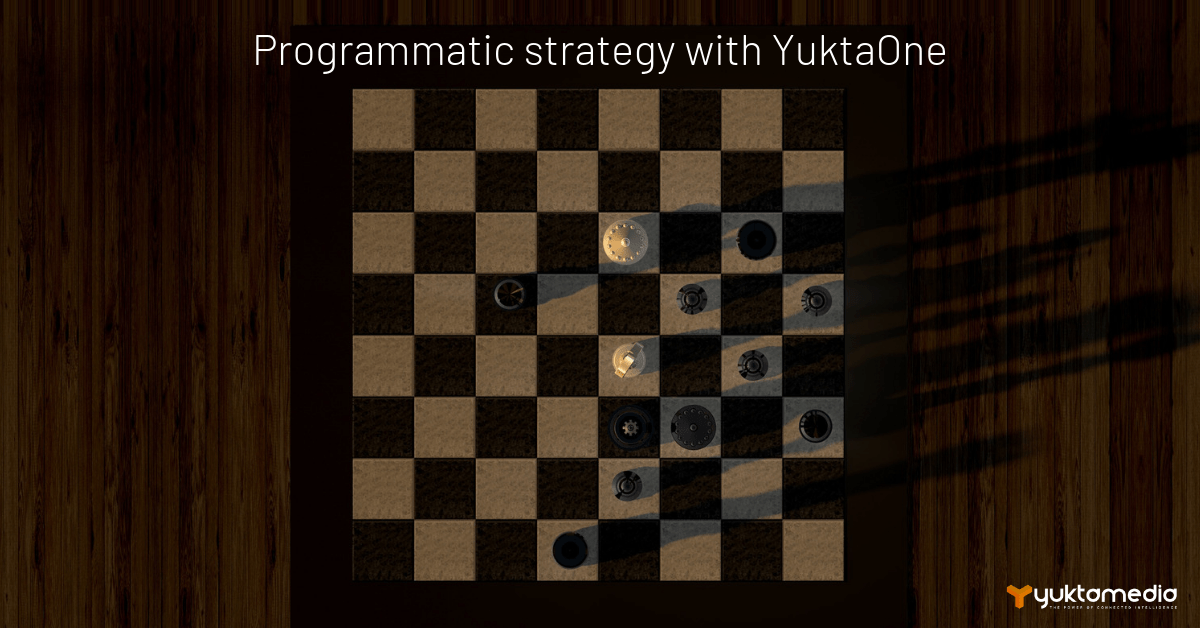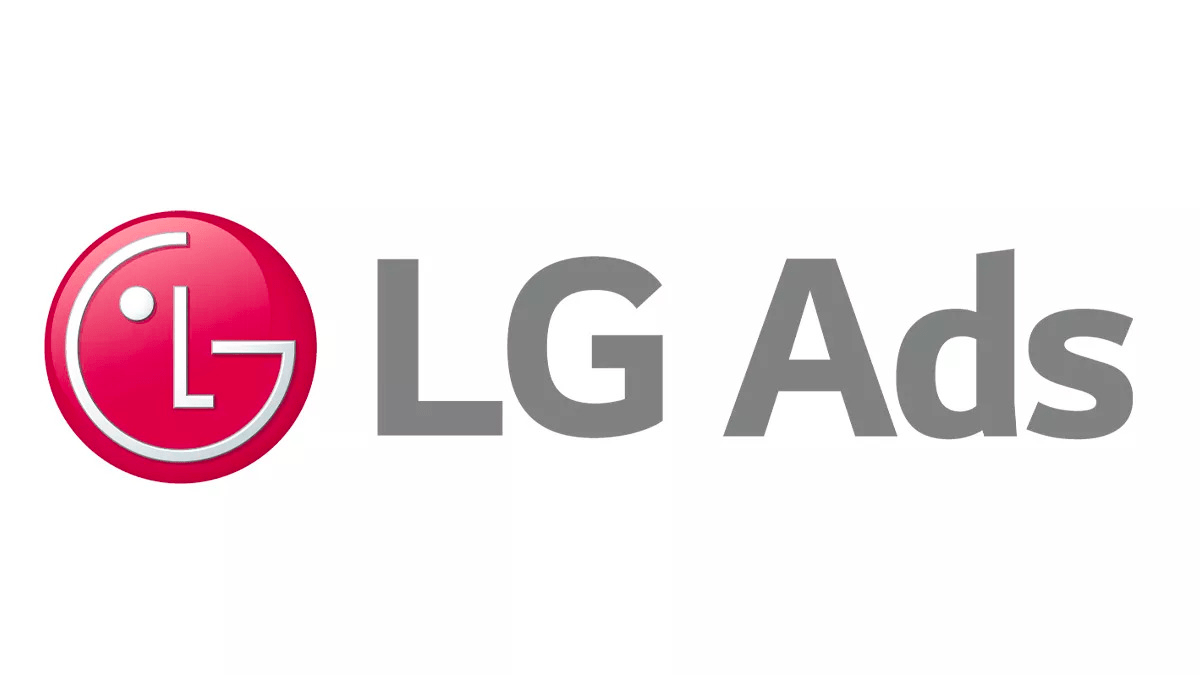Google’s unified first-price auction series: In first part we discussed “Everything you need to know about Unified first-price auction in Google Ad Manager”. In case you have missed, click here to read it.
To continue from part 1 of this blog series, we will discuss about “How Publishers can adjust their Programmatic strategy for Unified first-price auctions?”.
Google’s shift to the unified first-price auctions will change the whole strategy of the Publisher stack. They need to re-assess their monetization partners and prepare an action plan if anything goes south. Publishers can expect the jump in their eCPM’s from Google Ad Exchange but it will also force buyers to use bid shading techniques to lower the cost of buying impressions.
Publishers need to carefully assess and segment their inventory to adjust Unified Pricing Rules (UPR’s) and they need to continue to monitor the performance of their inventory. Always make sure that your best performing inventory in terms of Viewability, CTR and eCPM should have the higher floor rates in the UPR’s.
Always remember! Inventory pricing is the key, it always was and always will be. We can fairly presume that the more number of Buyers are going to use the bid shading techniques to lower the prices of inventory and the UPR’s is the only wall that will protect you from your inventory prices going down below a certain threshold level. First-price auction has added fuel to the bidding strategies of the Buyers that are adapting to the floor price of the inventory rather than the floor prices are adapting to the bids. So, Buyers have more control and they are in strong position to lower down the CPM’s.
Getting floor prices right for Publishers:
Publisher’s will have to be smarter with first-price auctions than they were in second-price auctions. They definitely need to analyze bid data and be very careful while setting up the floors due to the bid shading. You can use the following tactics for setting up right floor prices for your inventory.
- If you are using multiple demand partners and their tags are trafficked through any of remnant line item types such as Price Priority, Network and Bulk then make sure that your line item floor rates are more than the unified pricing rules floors (very important!). This will make sure that UPR’s won’t affect on the delivery of line items. Also, review your floor rates for all line items before setting up the Unified Pricing Rules and adjust your floor prices accordingly. The great rule of thumb you can follow is line items floors should always be higher than the UPR floors. Check the affected line items while setting up rules to make sure everything’s in its place and make relevant adjustments as needed.
- Check bid level data for at least the last 3 months by ad unit, ad size and device type against eCPM and the Viewability to segment your inventory into “buckets of floor prices”
- Create as many rules as possible to test and continuously monitor the fill rate and eCPM to ensure the changes are working as expected.
- Some Buyers are fast while some are slow with adapting to the new floor prices so give it some time (minimum 5-7 days) and don’t get panicked unless you’re seeing a significant drop in eCPM and Fill rate.
- If the floor prices aren’t working as expected try lowering down the floors by analyzing the bid data.
- There’s no sure way to hit the target with the magic bullet but experimentation and data driven decision making will help you stay on top.
For Publishers, we recommend to continuously monitor the programmatic activity right after the migration starts to check the immediate effects.
What metrics should Publisher’s monitor very frequently:
- Revenue, CPM and Fill rate segmented by inventory type (Display vs Video, Desktop vs Mobile etc)
- Individual demand partner performance by Revenue, CPM and Fill
- Comparing demand partners against each other for their performance against Revenue, CPM and Fill
- Unfilled impressions and House ads to check if there’s any upward trend
- Monitor Revenue shifts between demand partners and reach out to demand partners which are performing low and ask for the advice.
How automated reporting can help Publishers make the most out of 1PA?
Moving to first-price auctions is not that simple, it is more complicated if your ad stack is complex and diverse. You need to be fast to grasp the changes as they happen with your ad stack and make fast decisions to stay ahead with your game. Monitoring these changes and finding meaningful information from different types of reports are going to take ample amount of efforts and time if done manually. And finding out the insights from different types of reports consumes the crucial time required for the decision making.
If you are a Publisher and worried about the new changes as they happen and the lack of correct insights on right time then YuktaMedia’s automated YuktaOne Data Aggregation and Revenue Reconciliation platform is the right solution for you. YuktaOne empowers you with the right tools designed specifically for Publisher’s, considering their pain points in mind to monitor, analyze and make data driven decisions on-the-go. YuktaOne allows you to access accurate consolidated data from all your digital advertising activity at the granular level. You can easily identify the CPM, Revenue, Fill trends as they happen. There are so many features about YuktaOne to talk about, reach out to info@webtest.yuktamedia.com or Visit: https://webtest.yuktamedia.com/ to learn more about us and know how we help Publisher’s finding out the missing opportunities and staying on top of their goals!
Conclusion:
Google’s move to the first-price auctions is definitely going to shake the industry for a while. But, it will also bring more transparency, more informed bidders and operational simplicity. Publishers who are fast to grasp the changes and using the right tools to analyze data and make informed decisions are definitely going to ace the challenges lying ahead in the market.




 Talk to a Media ERP Specialist
Talk to a Media ERP Specialist

















